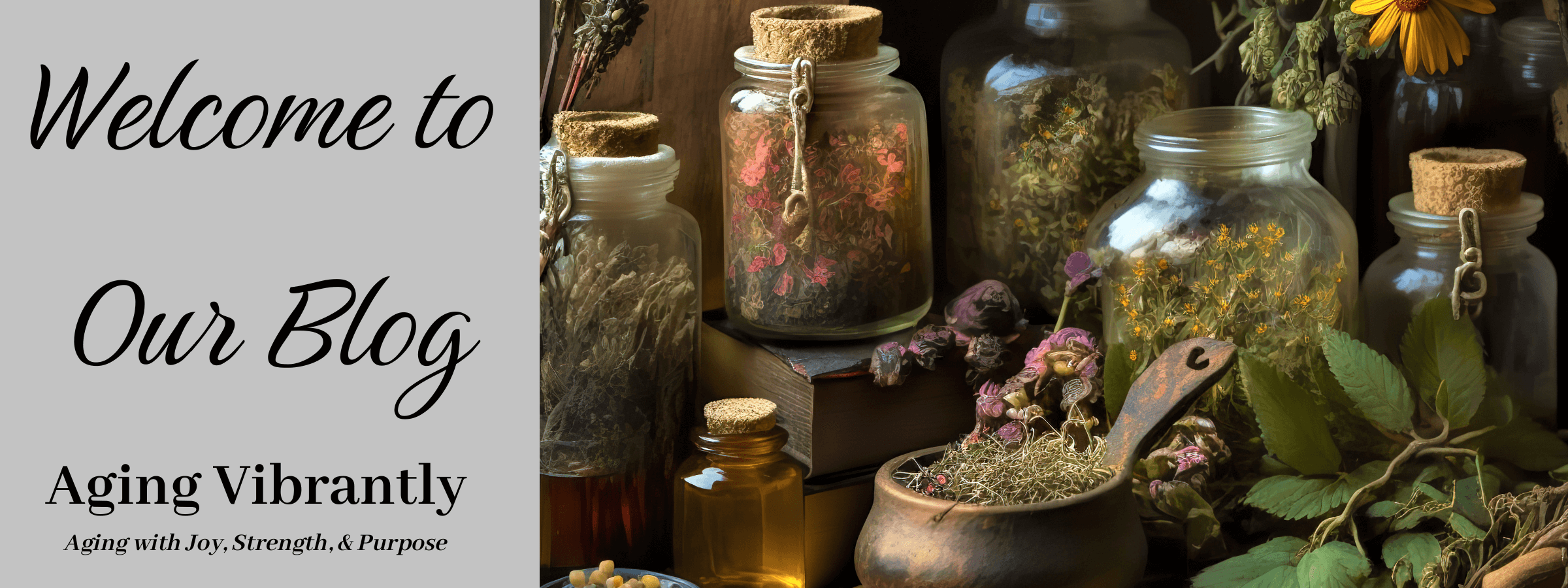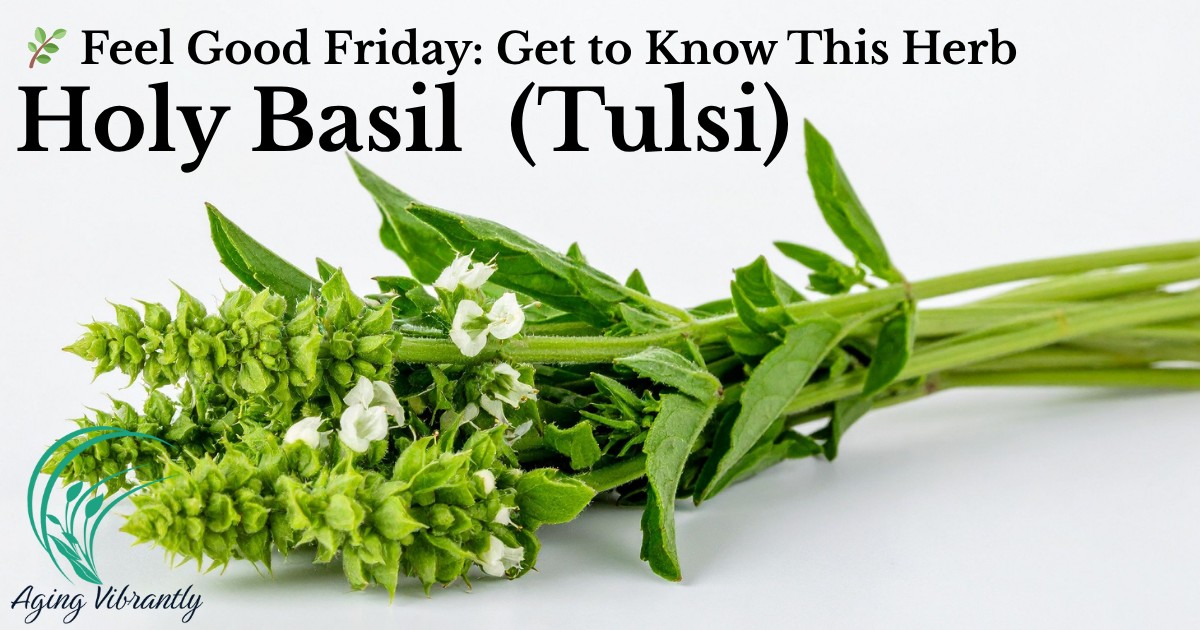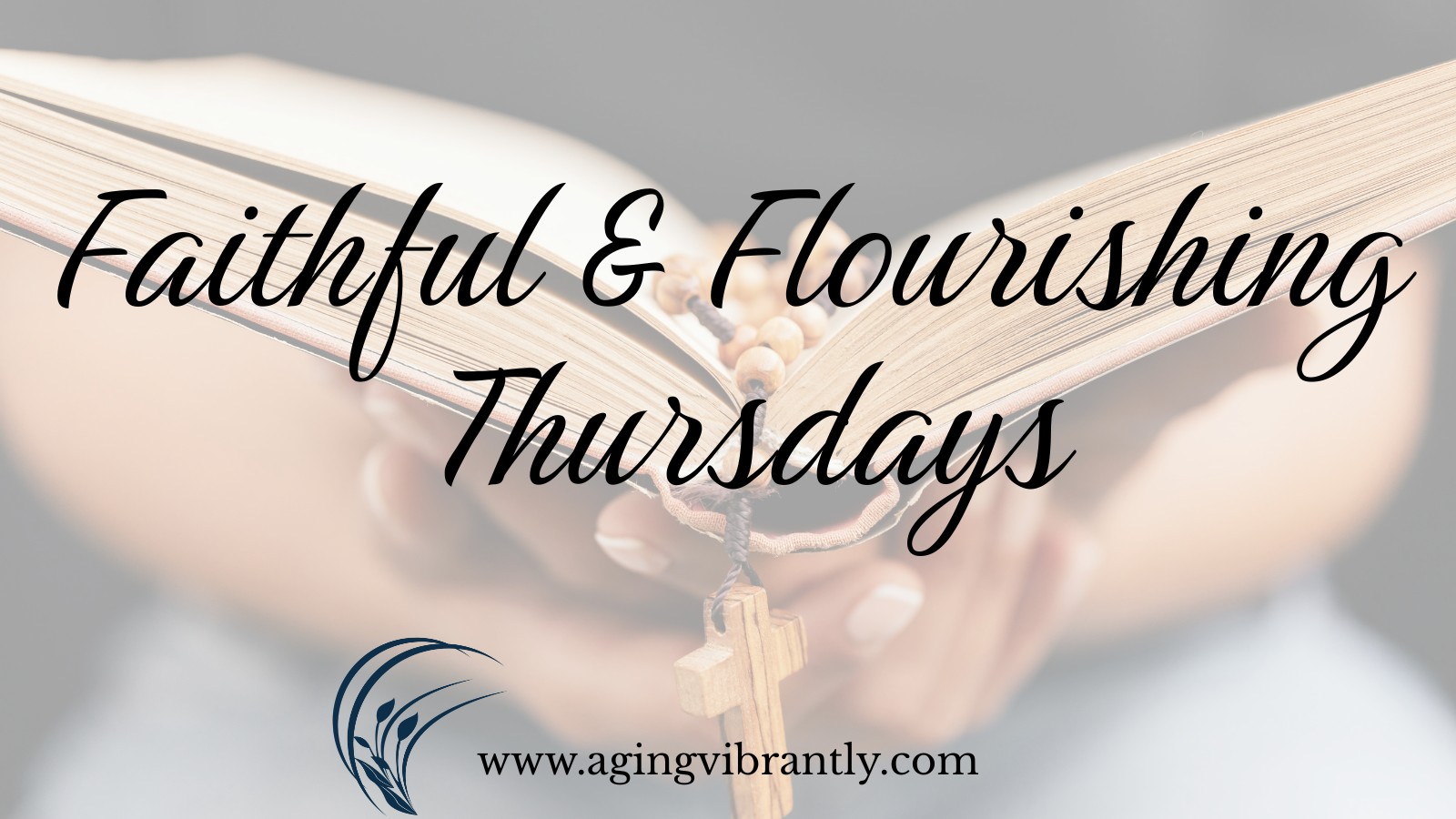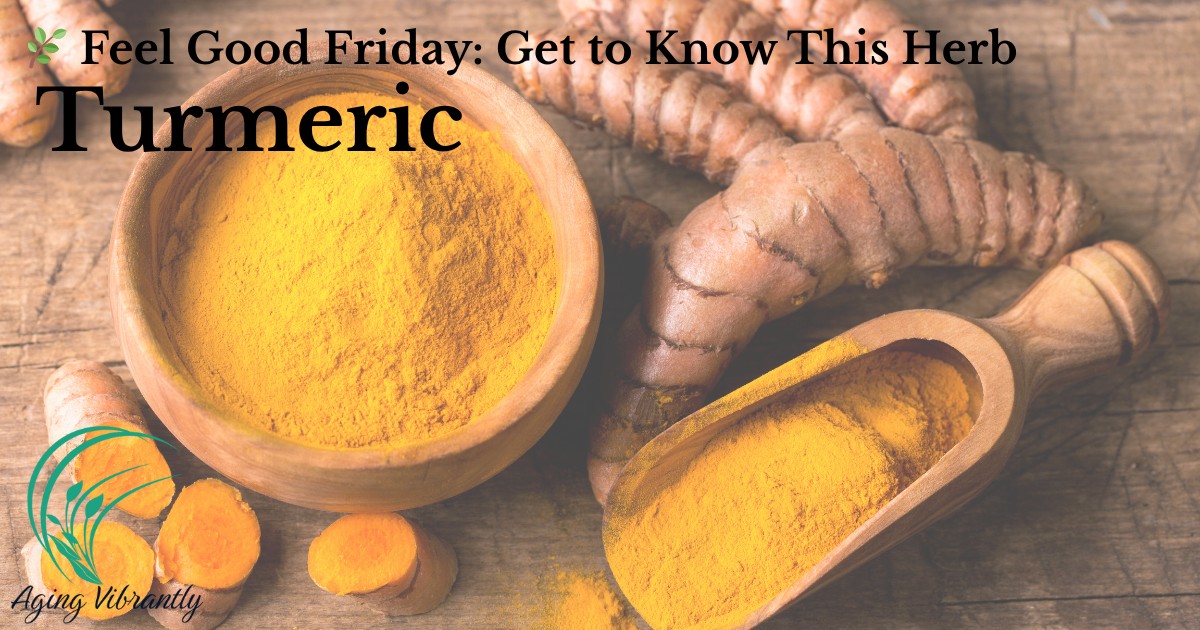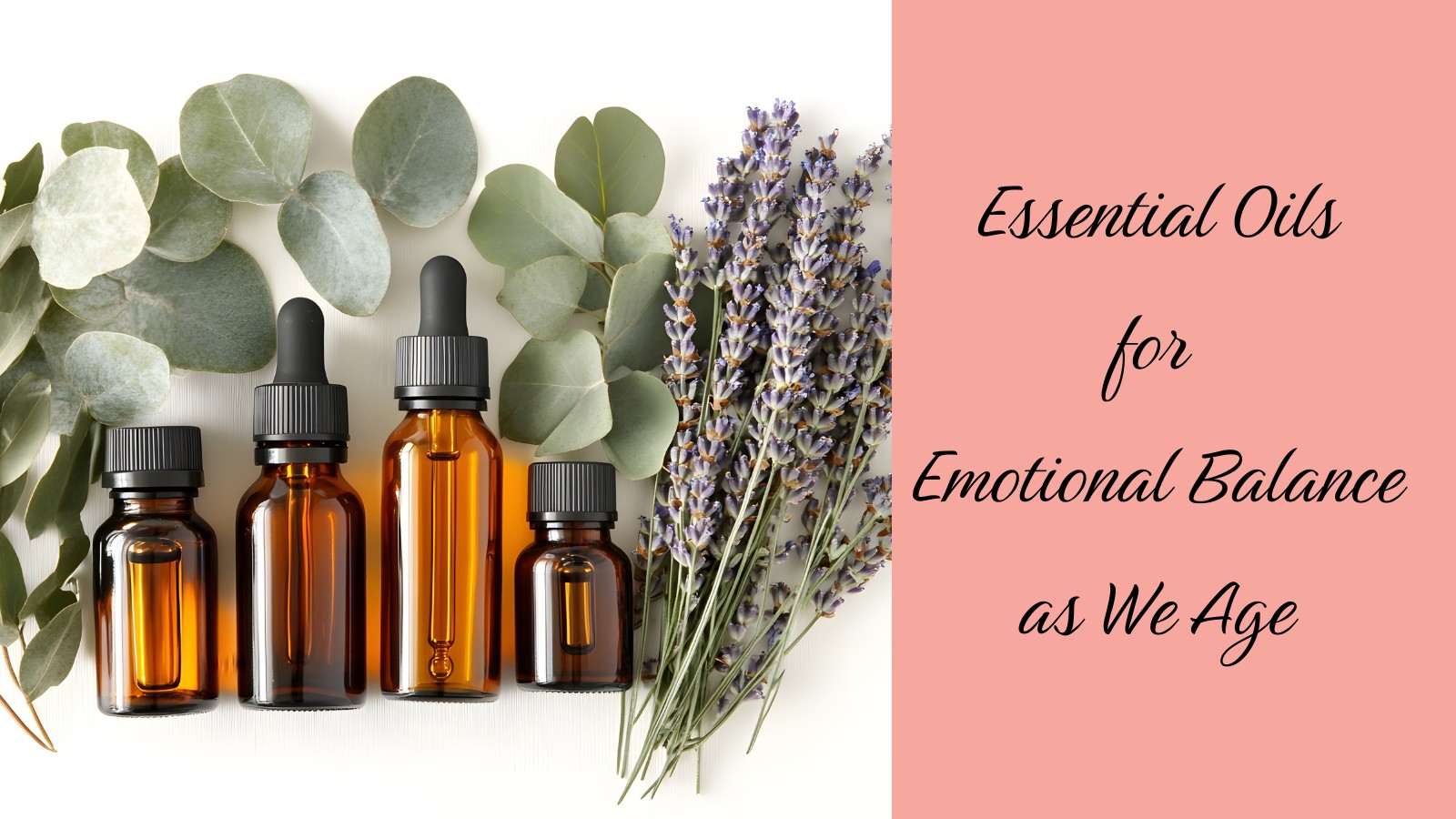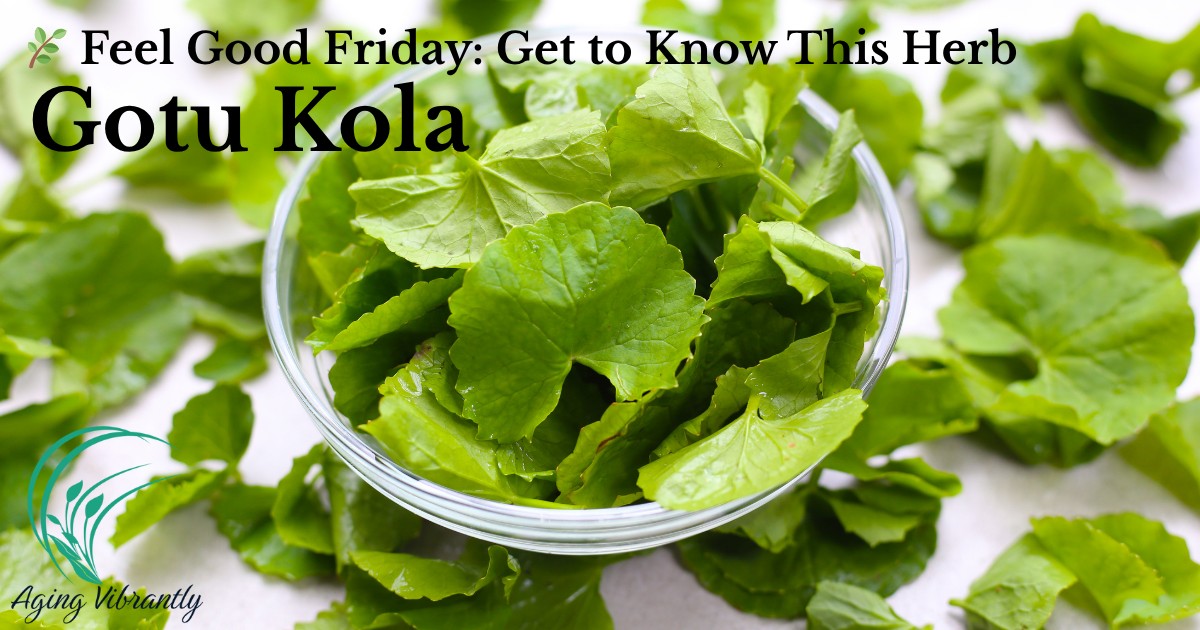
*🧠 Quick Snapshot
- Botanical name: Centella asiatica
- Common names: Gotu Kola, Asiatic pennywort
- Traditional uses: Cognitive tonic, wound support, circulation booster
- Forms: Tea, tincture, capsules, extracts, topical gels
🌟 Why People Love It (Short + Sweet)
Gotu Kola has earned a beloved place in many holistic wellness routines because it offers a gentle yet meaningful boost to overall brain health. People appreciate how this botanical supports memory, attention, and learning without the overstimulating effects often associated with synthetic supplements. It’s known for promoting healthy circulation, which helps nourish the brain and keep thinking clear and sharp — a true gift as we age. Many also love that Gotu Kola brings a sense of calm focus, offering mental clarity with a grounded, peaceful energy rather than jitters or restlessness. Whether you’re navigating daily tasks, adapting to life changes, or simply wanting to keep your mind vibrant and resilient, Gotu Kola fits beautifully into a whole-person approach to aging well.
- Supports memory, learning, and attention
- Promotes healthy circulation
- Encourages calm focus — no jittery feeling
- Helps nourish whole-person cognitive wellness
🔬 The Science — What Research Shows
🧬 Active Compounds & How They Work
- Rich in triterpenoids like asiaticoside and madecassoside
- Antioxidant + anti-inflammatory support for brain cells
- May support better neuron communication and resilience
📚 Cognitive Benefits (Human Evidence)
- Small RCTs show modest improvements in verbal memory, working memory, and mental clarity
- Potential benefits especially noted in older adults or those with mild cognitive complaints
💪 Other Supported Benefits
- Wound healing support through improved collagen production
- Helpful for circulation (chronic venous insufficiency studies show reduced swelling)
⚠️ Safety, Side Effects & Interactions
- Rare but notable: possible liver strain with long-term oral use
- Mild effects: stomach upset, headache, or skin sensitivity
- Avoid during pregnancy/breastfeeding without medical guidance
- Always check interactions with sedatives, liver-metabolized meds
💊 Dosing & Preparations
Always start low and choose reputable extracts.
- Standardized extract: often 60–120 mg/day in studies (varies by concentration)
- Leaf powder capsules: commonly 300–600 mg/day, though potency varies
- Tea/fresh leaves: traditional and gentle, but less precise
- Topical: used for wound and skin support — follow label instructions
📊 Quick Comparison Table
| Form | Pros | Cons | Evidence for Cognition |
|---|---|---|---|
| Standardized extract | Consistent dosing; used in research | Quality varies | Moderate |
| Leaf/powder capsules | Whole-plant profile | Variable potency | Low–Moderate |
| Tea / fresh leaves | Gentle; traditional | Lower potency | Low |
| Topical gels/creams | Great for skin/wounds | Local reactions possible | Not for cognition |
🌱 Everyday Ways to Use Gotu Kola
- Choose a standardized extract for brain support
- Use topicals for wound healing and scar care
- Add fresh leaves to salads, smoothies, or teas
- Track energy, clarity, and overall wellness over 8–12 weeks
🛒 How to Choose a Quality Product
- Standardized extract with clear active-compound percentages
- Third-party tested (USP, NSF, etc.)
- Transparent label and dosing instructions
- No unnecessary fillers or contaminants
🚫 Who Should Avoid It
- Anyone with liver disease
- Pregnant/breastfeeding individuals
- Those on sedatives or meds processed heavily by the liver
- Anyone who experiences jaundice, fatigue, or dark urine while using it
❓ Quick FAQ
Will it prevent dementia?
No clear evidence — but it may help with mental clarity and working memory.
Is topical use safer?
Generally yes; topical forms have strong wound-healing support.
How long until I notice benefits?
Often 8–12 weeks, depending on the extract and the individual.
🌈 Bottom Line
Gotu Kola is a time-honored herb with promising cognitive, circulatory, and skin benefits. While not a miracle cure, it can be a gentle, supportive companion for vibrant aging — especially when used mindfully, with quality products and attention to your body’s responses.
Sources you can start with
(Selected approachable, credible sources used above — click through for study details)
- Puttarak et al., Scientific Reports, 2017 — RCTs & cognitive outcomes. Nature
- Systematic reviews/meta-analyses on Centella asiatica and cognition (2022 review). PMC+1
- Pharmacology and triterpene reviews (Frontiers, 2020). Frontiers
- LiverTox / NCBI — safety and dosing notes. NCBI
- WebMD / Drugs.com overviews summarizing adverse events and interactions. WebMD+1
Learn a lot more about Gotu Kola and 100's of other herbs by joining The Herbarium at The Herbal Academy.
This is an affiliate link which will benefit Aging Vibrantly, but will not change the amount charged to you should you decide to subscribe to The Herbarium. Personally, I have had my subscription for about 4 years. There is so much great info there and The Herbal Academy adds to it all of the time.
Would you like more of Feel Good Friday? Please check out these past posts.
*As always consult with your health care provider before trying something new for your well-being. Please view all of Aging Vibrantly's Policies and Disclaimers.
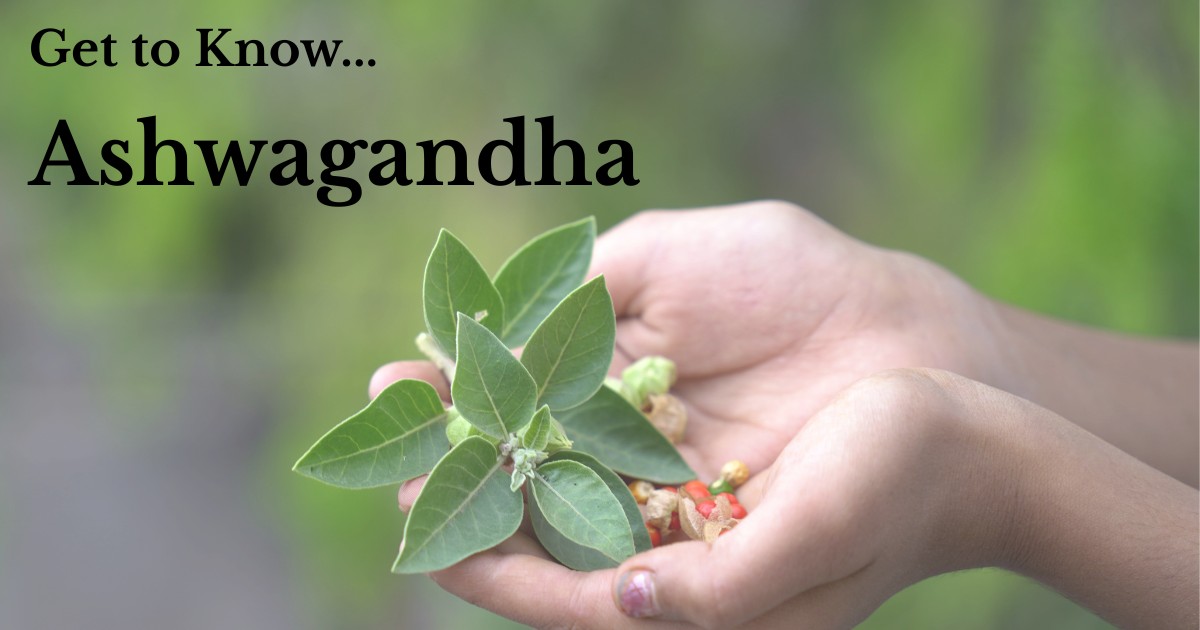
Welcome to our new Feel Good Friday series — a weekly spotlight on powerful herbs that help us age vibrantly and naturally! Each week, we’ll explore one healing plant, its unique benefits, and how it can support your whole-person wellness journey. 🌿
This week, we’re starting with one of nature’s most trusted stress-soothers — Ashwagandha, the calming adaptogen that helps restore balance, energy, and peace from the inside out. 💚
Disclaimer: The information shared in this series is for educational purposes only and is not intended to diagnose, treat, cure, or prevent any disease. Always consult with your healthcare provider before starting any new herbal supplement, especially if you are taking medications or have existing health conditions.
Ashwagandha (Withania somnifera) known as: Winter cherry, Indian ginseng
Family: Solanaceae
Parts used: Root
Native to: India and Africa
Family: Solanaceae
Parts used: Root
Native to: India and Africa
🌱 Botanical Snapshot
Ashwagandha is a small, perennial shrub that grows 2.5–5 feet tall, often thriving in dry, rocky soils and warm climates.
- Stem: Sturdy, with fine hairs that give it a slightly fuzzy appearance.
- Leaves: Simple, ovate, and arranged alternately along the stem—green with a velvety texture.
- Flowers: Small, greenish-yellow blooms that grow in clusters at the leaf axils.
- Fruit: Bright orange-red berries, smooth and enclosed in a papery calyx, similar in look to tiny ground cherries.
- Root: The most valued part—long, thick, and brown, with a strong, earthy odor. It contains key bioactive compounds such as withanolides and alkaloids that contribute to its adaptogenic and restorative effects.
Ashwagandha’s deep root system anchors it in arid soil and symbolizes its grounding nature—helping the body and mind find balance during stress.
🌍 Where It Grows
Native to India, Nepal, and parts of Africa and the Mediterranean. Organically cultivated sources are preferred due to sustainability concerns in parts of India.
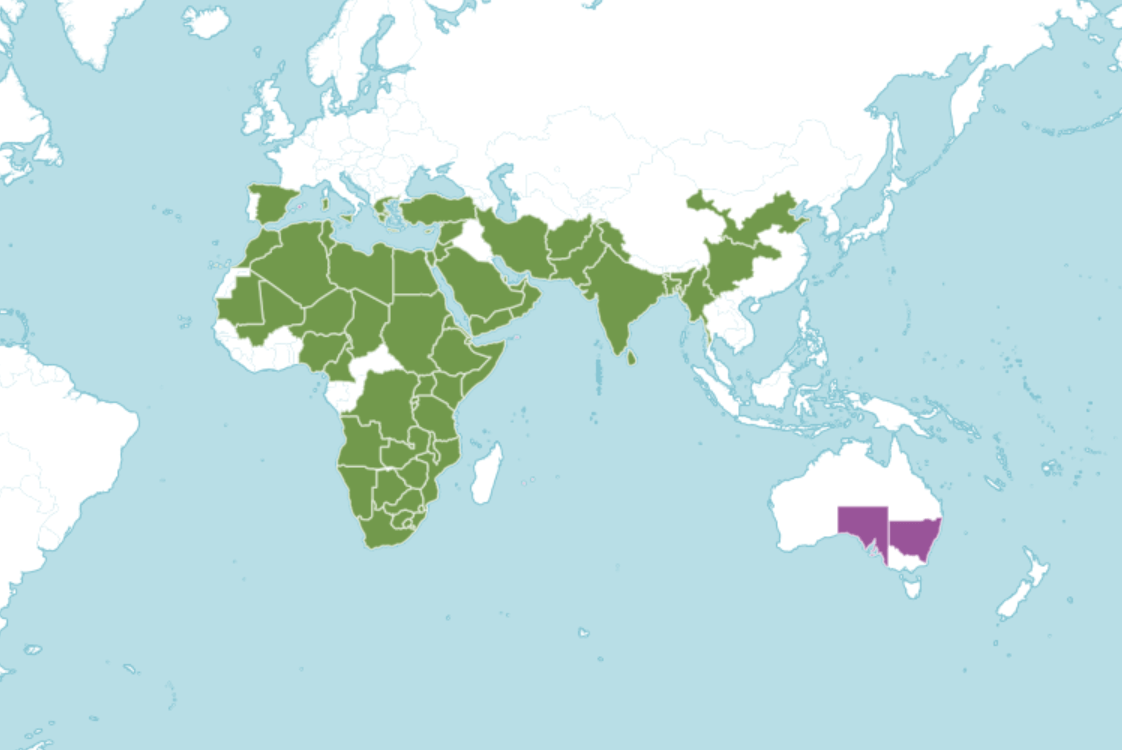
🧪 Key Constituents
- Alkaloids (somniferine, withanine)
- Steroidal lactones (withanolides)
- Sitoindosides
- Iron
🌸 Traditional Background
Ashwagandha has been treasured for over 3,000 years in the Ayurvedic healing tradition of India, where it’s classified as a rasayana—a rejuvenating herb used to promote longevity, vitality, and resilience.
The Sanskrit name ashwagandha translates to “the smell of a horse,” symbolizing the strength, stamina, and vitality it is believed to impart. Ancient Ayurvedic texts describe it as a restorative for those who are exhausted, aging, or recovering from illness. It was commonly given to the weak, anxious, or overworked to restore balance between body, mind, and spirit.
Ashwagandha’s Latin name, Withania somnifera, means “sleep-inducing,” highlighting its unique combination of calming and energizing qualities. It nourishes the nervous system and adrenals, helping the body adapt to physical and emotional stress without causing overstimulation—a rare trait among adaptogens.
In traditional practice, it’s often blended with warm milk, honey, or ghee to enhance absorption and nourish the body deeply. This bedtime tonic was seen as a symbol of comfort and restoration, helping people wind down and rebuild from the day’s demands.
Ayurvedic healers also use ashwagandha to support reproductive vitality, enhance mental clarity, and strengthen immunity, viewing it as one of the most balancing herbs in the Ayurvedic pharmacopeia—suitable for nearly everyone, from the frail and elderly to those under chronic stress.
💪 Key Benefits
| Area | Benefit |
|---|---|
| Stress & Anxiety | Calms the nervous system, reduces anxiety, promotes restful sleep |
| Energy & Vitality | Builds stamina and strength over time without overstimulation |
| Cognitive Support | Improves concentration, focus, and mental clarity |
| Hormonal Balance | Supports fertility and reproductive health in men and women |
| Immune Health | Enhances immune function and resilience |
| Blood Sugar & Cholesterol | Shown to help lower glucose, LDL, and VLDL levels |
| Thyroid Function | May support underactive thyroid (use with caution in hyperthyroidism) |
💤 Unique Trait
Unlike many adaptogens, ashwagandha is both calming and restorative—ideal for stress-related fatigue, anxiety, and poor sleep.
⚠️ Cautions*
- Avoid during hyperthyroidism or while taking thyroid medications.
- Use under guidance during pregnancy.
- Not for those with iron overload conditions (like hemochromatosis).
☕ How to Use*
Traditionally taken as a powdered root mixed into warm milk (often with honey) before bedtime.
Typical Ayurvedic dose: 5 grams twice daily.
Typical Ayurvedic dose: 5 grams twice daily.
Try This at Home
Calming Ashwagandha Latte
- 1 cup warm almond or oat milk
- ½ tsp Ashwagandha powder
- ¼ tsp turmeric
- Pinch cinnamon
- 1 tsp honey (optional)
Whisk together and enjoy before bedtime.
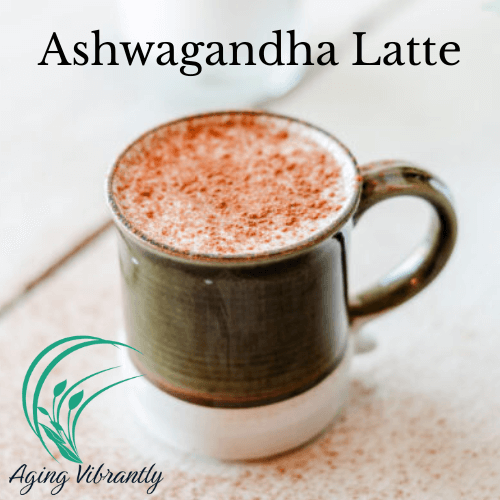
Closing Thought
Adding Ashwagandha to your wellness routine may help you stay calm, focused, and energized through life’s transitions. Remember—herbal wellness is a journey, not a quick fix. Start slowly, listen to your body, and celebrate the small steps toward vibrant aging.
*Aging Vibrantly provides educational, inspirational, and faith-based wellness content for older adults and caregivers. Our services are not a substitute for professional medical, legal, financial, or counseling advice.
💚 Want to Learn More?
Join us every "Feel Good Friday" and get to know another to benefit you as you Age Vibrantly!
Join us every "Feel Good Friday" and get to know another to benefit you as you Age Vibrantly!
Subscribe to Aging Vibrantly Quarterly for more about Holistic Wellness as You Age.


